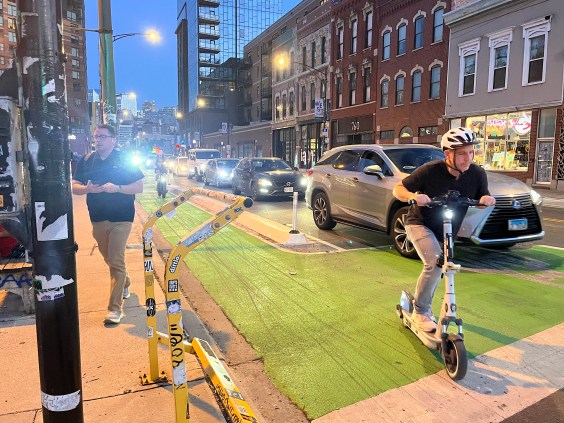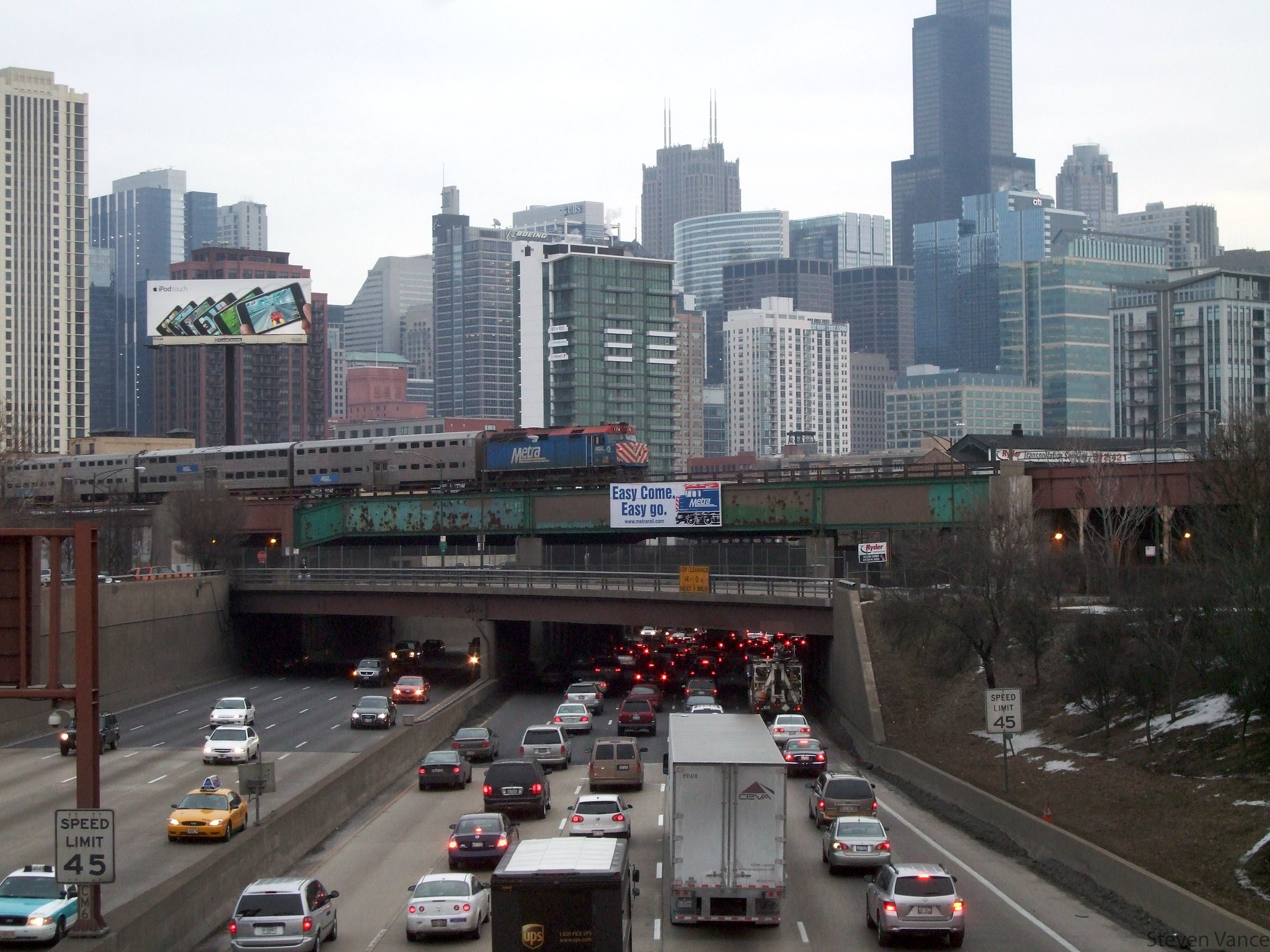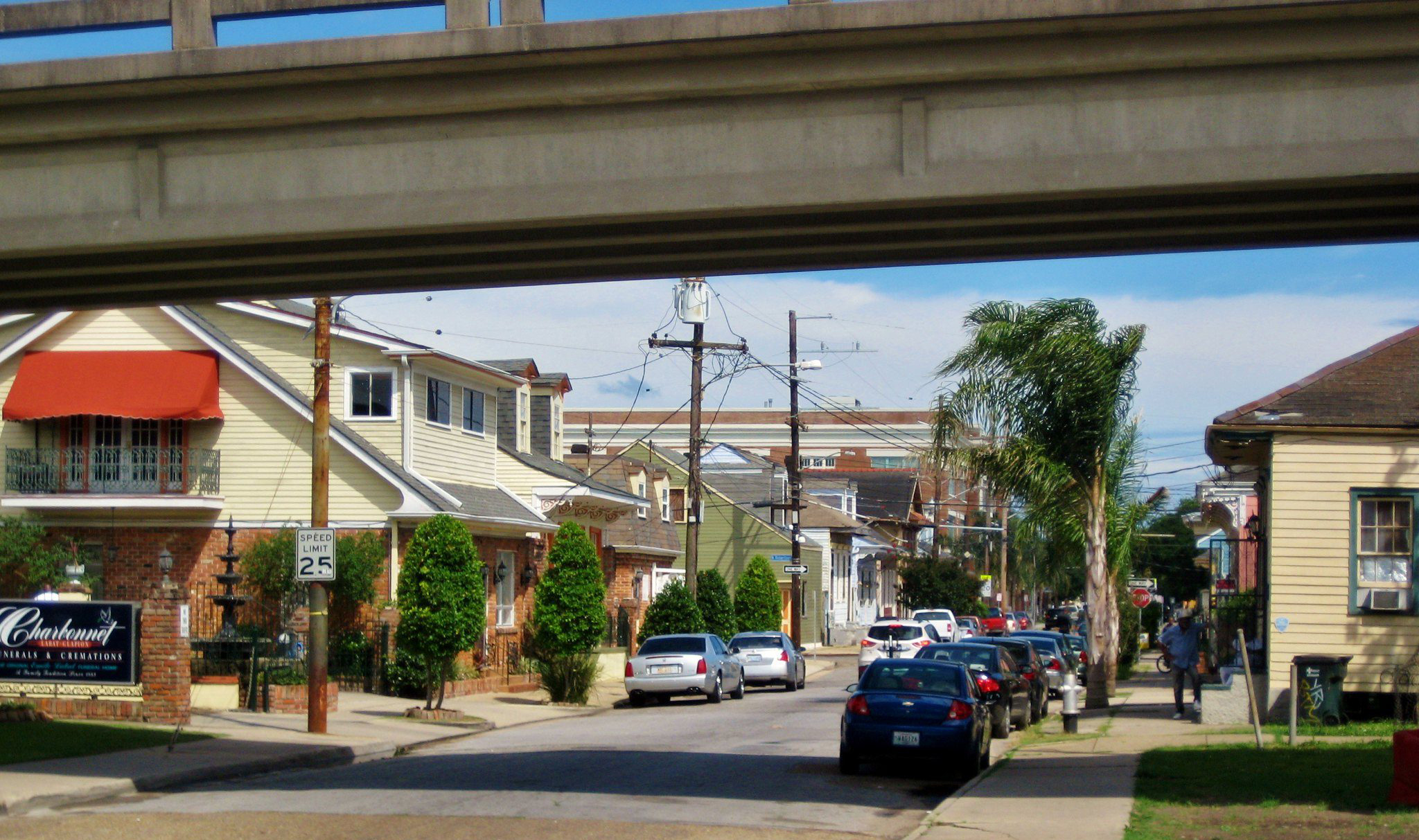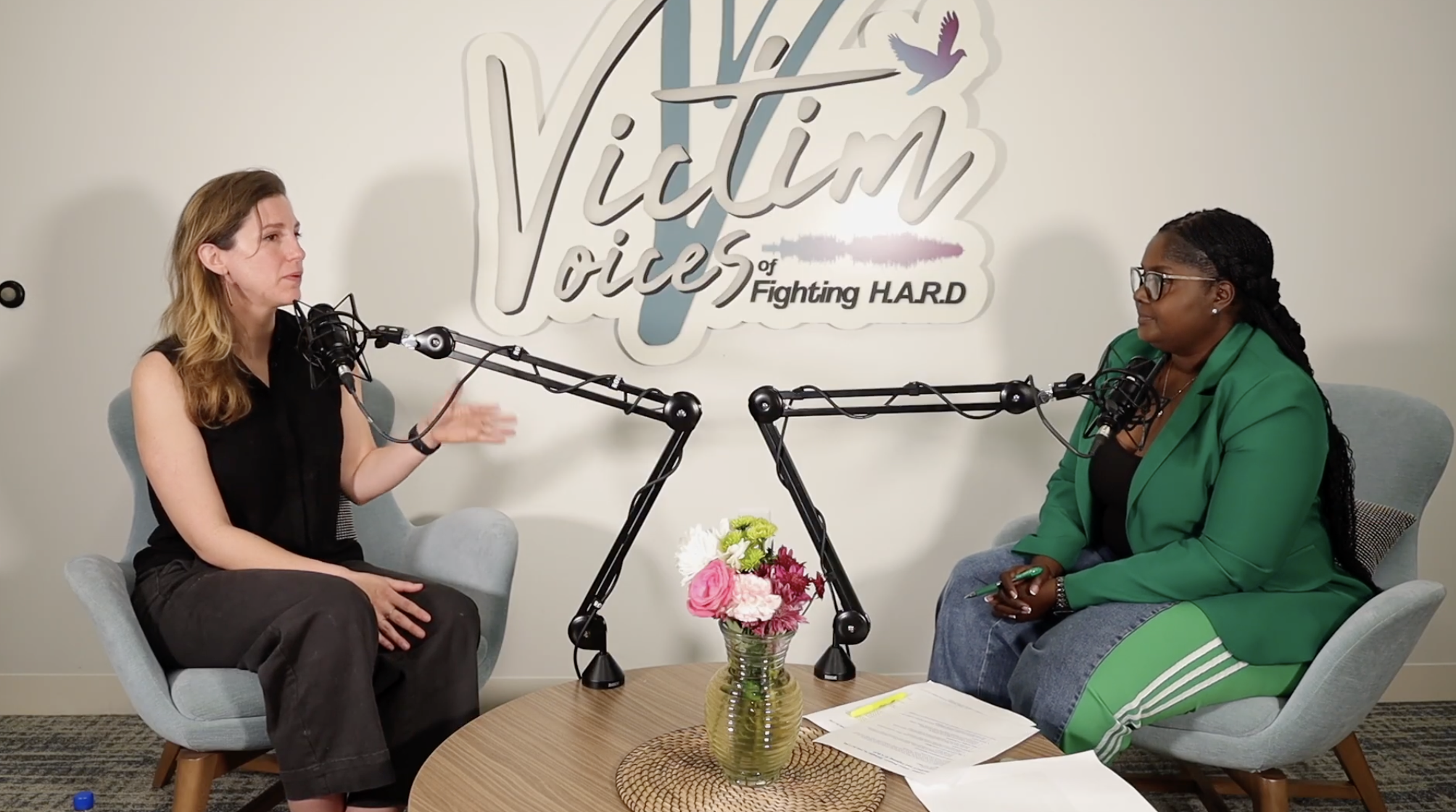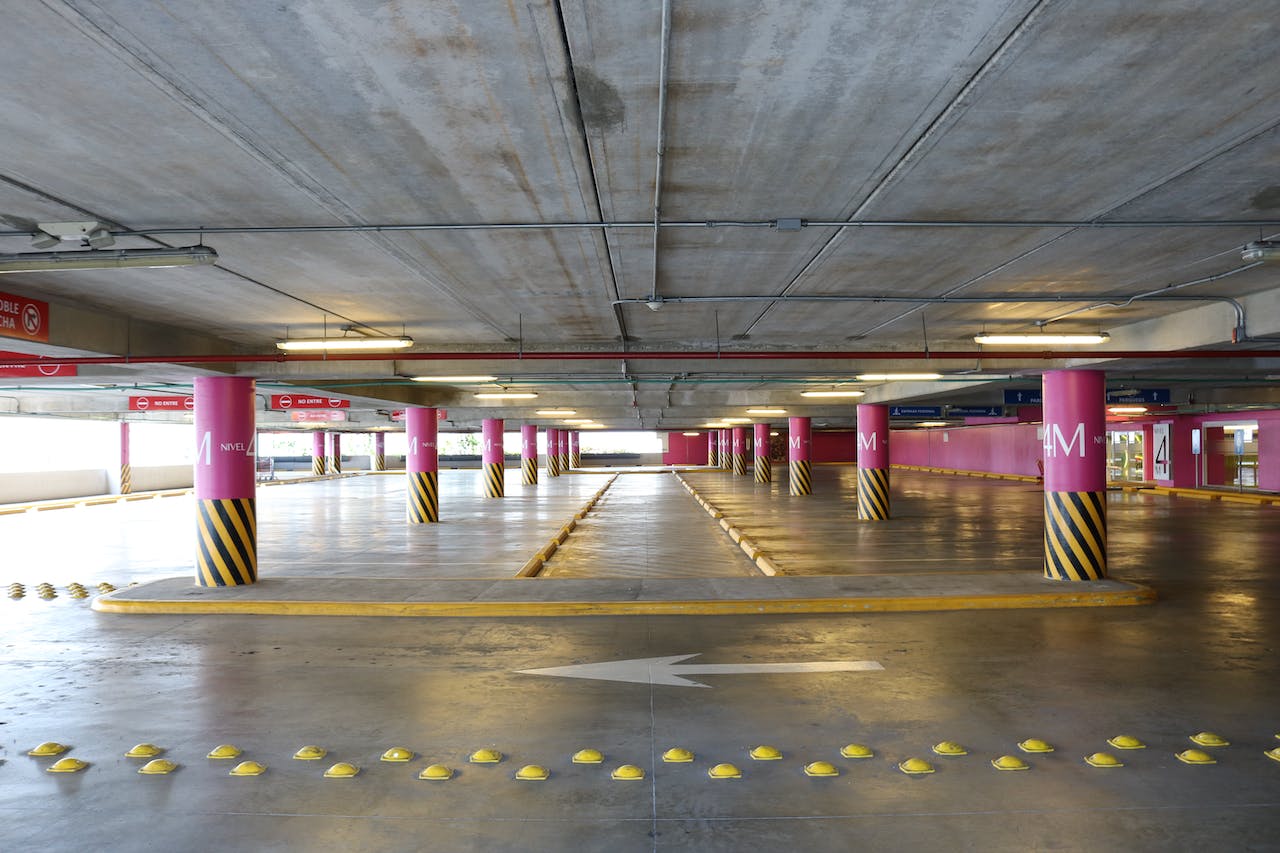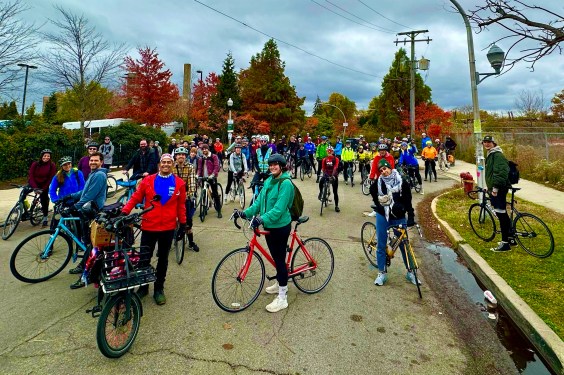"Innovative" might not be the first word you think of when you think of state DOTs. But Smart Growth America and the State Smart Transportation Initiative are out to change that. The two groups have published a menu of options for states looking to get out of the cash-for-highways rut. "The Innovative DOT: A Handbook of Policy and Practice" outlines myriad ways states can save money and create better transportation options for their residents. If states take note, we could see a lot more innovation coming out of some unlikely places.
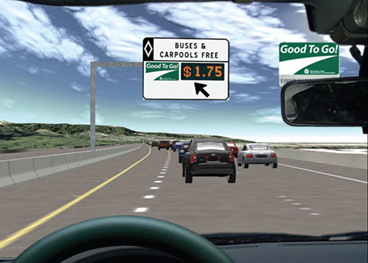
Tennessee has already done some soul-searching and has come up with a plan to turn around the state’s transportation system, partly due to the realization that the state had nine times more spending in the pipeline as it had money for.
Indeed, SGA and SSTI frame the need for innovation as, primarily, an economic solution. "Revenues are falling and budgets are shrinking while transportation demands grow," they write in the introduction. "The only answer is innovation." They have a long list of goals for the transportation system and suggest that everything from safety to system preservation to livability can be solved with their prescriptions.
"Traditionally, a DOT has seen its avenues of addressing a state's transportation issues as narrow," SGA's Tom Madrecki told Streetsblog. "It could widen a road, invest more in this corridor vs. that corridor, etc." But what if they dip their feet into an area they don't normally address, like land use? Or consider road pricing or transit, instead of going back to the old ways of reducing congestion that actually end up just inducing more driving?
Al Biehler, former secretary of the Pennsylvania Department of Transportation, wrote in his foreword to the document that when he was secretary, Pennsylvania had 26 expansion projects on deck with a $5 billion price tag. "At the same time, our roads and bridges were crumbling and we couldn’t maintain our infrastructure," he wrote. "After an honest evaluation, we came to a stark realization — we couldn’t keep spending money we didn’t have on projects that didn’t protect our assets."
He said DOTs have to invest smarter -- and that means "wring[ing] more and better performance out of their existing systems," rather than always building new.
In this document, SGA and SSTI show that turning away from road expansion isn't an ideological position. It's an economic one. By looking toward alternatives, states can meet their mobility goals for less money. And as a bonus, people get more and better transportation choices.
"Traditionally, transportation reform advocates have been held at bay because they're seen as adding costs," said Madrecki. "Take bike/ped infrastructure or public transportation measures. Those looking to cut costs and better manage budgets might go after those things first. But what we're seeing is that some of these 'progressive' investments have the little-reported-on ability to help solve an issue at far less cost than traditional transportation measures. DOTs could use 'progressive' ways of thinking and actually wind up saving tons of money while still serving their roadway users."
On a general level, the report suggest that agencies collaborate more -- with other agencies, within the agency, and with stakeholders. More specifically, it targets eight areas ripe for new ideas, from identifying new revenue sources to selecting projects for maximum efficiency to integrating land use and transportation decisions. The 200 pages that follow lay out a vast array of tools -- all tried and tested -- for states to experiment with, as well as case studies. If states pay attention, this guide could become a bible for DOTs looking to make the most of increasingly scarce transportation dollars while providing 21st century mobility options.
